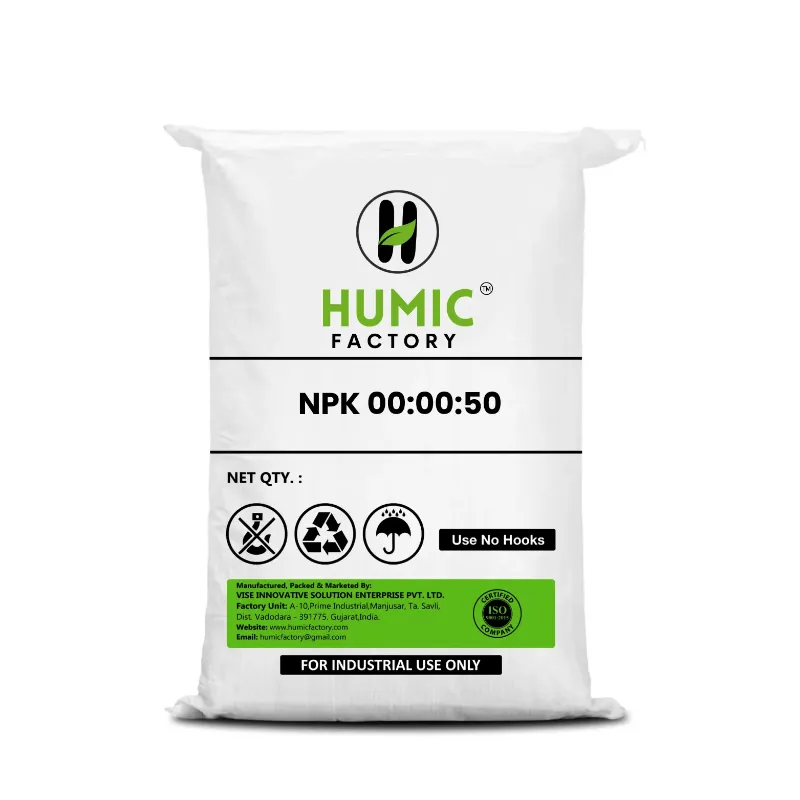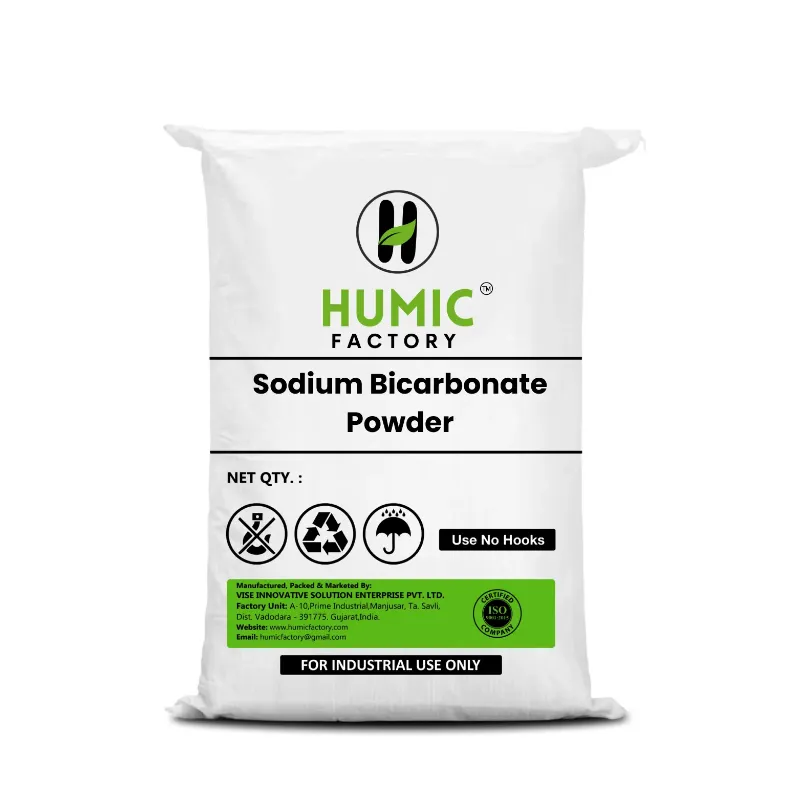Agriculture is both a victim and a contributor to climate change. The sector is responsible for a significant share of global greenhouse gas (GHG) emissions, primarily through the use of synthetic fertilizers, livestock production, and deforestation. As the world grapples with the urgent need to mitigate climate change, sustainable farming practices are gaining momentum, with biofertilizers emerging as a crucial tool in reducing agricultural GHG emissions. Biofertilizers, made from natural microorganisms, offer an eco-friendly alternative to synthetic fertilizers. These microorganisms help fix nitrogen, solubilize phosphorus, and promote overall soil health, leading to more sustainable and less carbon-intensive agricultural practices. In this blog, we will explore how biofertilizers contribute to reducing greenhouse gas emissions and the broader benefits they offer for both farmers and the environment. Greenhouse gases, including carbon dioxide (CO2), methane (CH4), and nitrous oxide (N2O), are the primary drivers of climate change. Agriculture is responsible for a substantial portion of these emissions, with nitrous oxide from synthetic fertilizers being one of the most potent and concerning. Nitrous oxide has a global warming potential nearly 300 times that of carbon dioxide, making it a significant contributor to climate change despite being released in smaller quantities. The widespread use of synthetic fertilizers in conventional farming leads to the excessive application of nitrogen, much of which is not absorbed by crops. This surplus nitrogen is converted into nitrous oxide by soil bacteria, contributing to atmospheric GHG levels. Additionally, the production of synthetic fertilizers is energy-intensive, further increasing carbon dioxide emissions. 1. Reducing Nitrous Oxide Emissions: One of the primary ways biofertilizers reduce GHG emissions is by minimizing the need for synthetic nitrogen fertilizers. Biofertilizers, particularly nitrogen-fixing bacteria such as Rhizobium and Azotobacter, naturally fix atmospheric nitrogen into a form that plants can readily absorb. This reduces the reliance on synthetic fertilizers, thereby decreasing the amount of nitrogen that can be converted into nitrous oxide in the soil. For example, legume crops that form symbiotic relationships with nitrogen-fixing bacteria require significantly less synthetic nitrogen fertilizer. This not only lowers production costs for farmers but also reduces the risk of nitrous oxide emissions, contributing to a more sustainable and climate-friendly agricultural system. 2. Enhancing Soil Health and Carbon Sequestration: Biofertilizers also play a crucial role in improving soil health, which is vital for carbon sequestration—the process of capturing and storing atmospheric carbon dioxide in the soil. Healthy soils rich in organic matter and microbial activity can store more carbon, thus reducing the amount of carbon dioxide in the atmosphere. Microbial biofertilizers, such as mycorrhizae and phosphate-solubilizing bacteria, enhance soil structure and increase organic matter content. These microorganisms help plants absorb nutrients more efficiently, reducing the need for chemical inputs and promoting a more stable carbon pool in the soil. Humic Factory's biofertilizers, for instance, are designed to boost soil fertility by enhancing microbial activity and organic matter content, making them an effective tool for carbon sequestration and reducing greenhouse gas emissions. 3. Lowering Energy Use and Carbon Emissions in Fertilizer Production: The production of synthetic fertilizers is an energy-intensive process that generates significant carbon dioxide emissions. By reducing the demand for synthetic fertilizers, biofertilizers indirectly lower the energy consumption and carbon footprint associated with fertilizer production. Moreover, biofertilizers are often produced using renewable resources and involve less processing, further reducing their environmental impact. As a result, the widespread adoption of biofertilizers can contribute to a more sustainable agricultural sector with lower carbon emissions. 4. Promoting Sustainable Farming Practices: Biofertilizers encourage farmers to adopt more sustainable and organic farming practices. By relying on natural processes to enhance soil fertility, farmers can reduce their dependency on synthetic chemicals, which are not only harmful to the environment but also contribute to GHG emissions. Sustainable farming practices, such as crop rotation, intercropping, and reduced tillage, are often used in conjunction with biofertilizers. These practices help maintain soil health, reduce erosion, and increase biodiversity, all of which contribute to a more resilient agricultural system capable of withstanding the impacts of climate change. 5. Reducing Methane Emissions in Rice Cultivation: Methane is another potent greenhouse gas, and rice cultivation is a major source of methane emissions due to the anaerobic conditions in flooded rice paddies. Biofertilizers can help mitigate methane emissions by promoting the growth of aerobic microorganisms that outcompete methane-producing bacteria. For instance, certain biofertilizers containing Azospirillum and other beneficial bacteria can improve root growth and oxygenation in rice plants, thereby reducing the anaerobic conditions that favor methane production. This not only lowers methane emissions but also enhances crop yields and soil health. Beyond their role in reducing greenhouse gas emissions, biofertilizers offer a range of additional benefits that contribute to more sustainable and resilient agricultural systems: 1. Improved Crop Yields and Quality: Biofertilizers enhance nutrient availability and uptake, leading to healthier plants and higher crop yields. Farmers using biofertilizers often report better-quality produce with higher nutritional value, which can command premium prices in the market. 2. Enhanced Soil Fertility: Biofertilizers improve soil structure, increase organic matter content, and promote beneficial microbial activity. Over time, these effects lead to healthier, more fertile soils that require fewer inputs and are more resistant to erosion and degradation. 3. Cost Savings for Farmers: By reducing the need for synthetic fertilizers and pesticides, biofertilizers lower input costs for farmers. This makes them an economically viable option, particularly for smallholder farmers in developing countries who may struggle with the high costs of conventional inputs. 4. Environmental Sustainability: Biofertilizers contribute to a reduction in chemical runoff, soil pollution, and water contamination. By promoting organic farming practices, they help protect ecosystems, preserve biodiversity, and support the long-term sustainability of agricultural landscapes. Humic Factory's Commitment to Sustainability: Humic Factory is at the forefront of promoting sustainable agriculture through its range of biofertilizers and soil enhancers. Our products are designed to improve soil health, reduce the need for synthetic inputs, and enhance crop productivity, all while minimizing the environmental impact of farming practices. By choosing Humic Factory's biofertilizers, farmers can contribute to the global effort to reduce greenhouse gas emissions and build a more sustainable future for agriculture. The role of biofertilizers in reducing greenhouse gas emissions is a vital aspect of the broader movement towards sustainable agriculture. By lowering the need for synthetic fertilizers, enhancing soil health, promoting carbon sequestration, and supporting sustainable farming practices, biofertilizers offer a powerful tool in the fight against climate change. As the agricultural sector continues to evolve in response to environmental challenges, the adoption of biofertilizers is likely to increase. Farmers, policymakers, and consumers all have a role to play in supporting this transition to more sustainable and climate-friendly farming practices. Humic Factory is dedicated to providing innovative solutions that empower farmers to make this shift. Our biofertilizers are not only environmentally friendly but also economically viable, helping farmers achieve better yields while reducing their carbon footprint. Together, we can build a more sustainable future for agriculture and ensure that the food systems of tomorrow are both productive and environmentally responsible.Understanding Greenhouse Gas Emissions in Agriculture
Biofertilizers as a Solution to Reduce GHG Emissions
The Broader Benefits of Biofertilizers
Conclusion


Submit your contact number to receive exclusive updates
Something went Wrong Please try again!!!
Bulk Purchase
Get Bulk Discount
Get Discount Code now
फोन नंबर सबमिट करे और ऑफर पाए
We believe farming is hard. This is our attempt to support farmers. Submit your contact details to receive a discount and other offers from Humic Factory.

Recommended Products
COPYRIGHT © 2024. All Rights Reserved By Humic Factory


